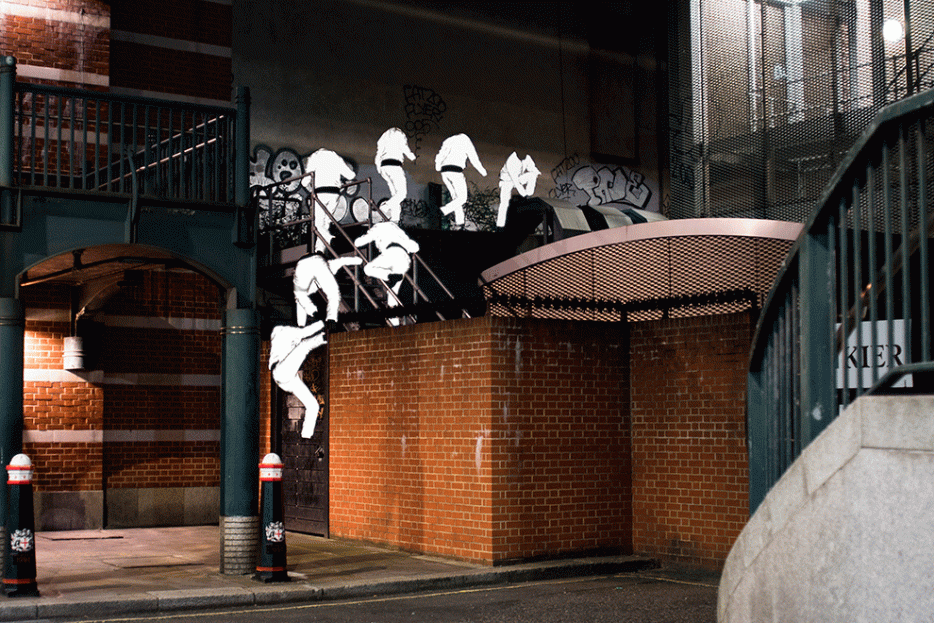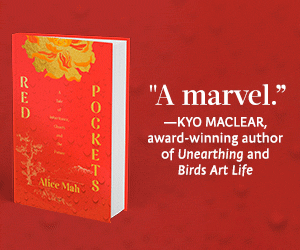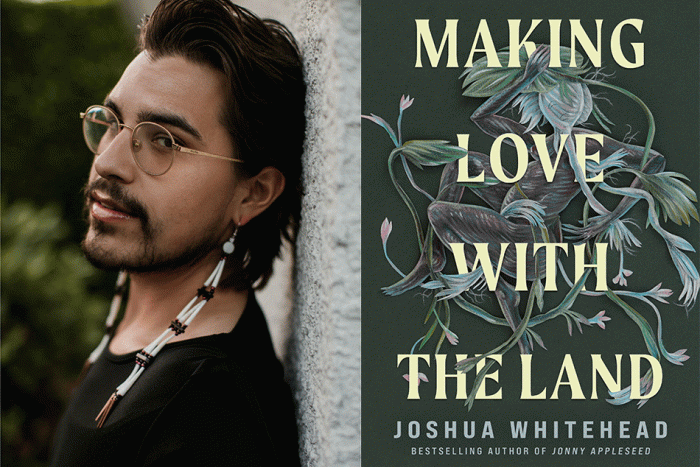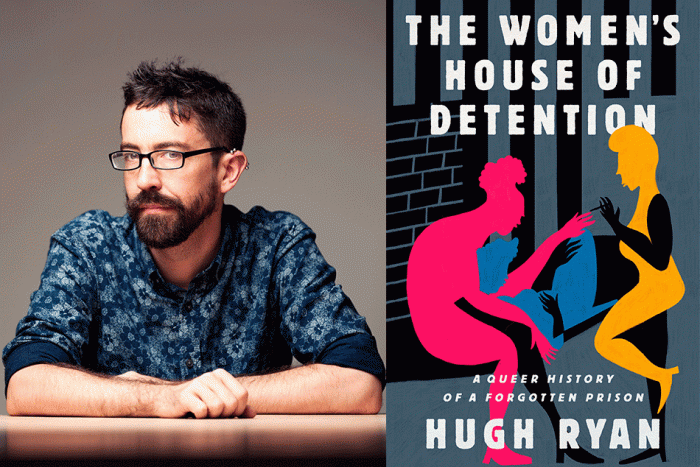1.
In my last semester of college, two Swiss graffiti artists stayed in my living room. They were travelling through the US, couldn’t afford a hostel in New York, and a friend of a friend thought I might be able to host them. My roommate Kyle and I offered our living room to them for $20 a night. They agreed.
Kyle and I met Marcel and Julius outside our dorm in mid-February, and were taken aback. I suppose we were expecting to meet versions of ourselves; instead, they were older, tattooed, wore streetwear, spoke the endearing and occasionally poetic English of non-native speakers. Marcel had olive skin, short stubble, a stud earring, and chewed on a disposable dental flosser. Julius was shorter, had flowing blond locks, a crooked, goofy smile and a peach-fuzz-smooth face. They had a quiet but unwavering confidence about them, a clear-eyed gaze that seemed to melt all pretense.
In Zurich, they told us, they worked as little as they could at whatever jobs they could find, and with their free time and money wrote graffiti with their crew. They sat for hours, sometimes whole nights, outside train yards, taking note of cameras, heat sensors and security guards, all to later sneak past and vandalize the trains. Julius’s cherubic looks made him their designated getaway driver; the police never suspected him. Marcel was once temporarily banned from the whole country of Italy for vandalism.
Kyle, who would later be banned from the whole country of Canada for starting a fire in a national park, seemed impressed—Kyle who had once jumped on the back of a garbage truck and ridden it all the way from Morningside Heights to Staten Island, who had pierced both his ears himself, one with a nail, and had pierced one of mine. Kyle who slept on two carpets instead of a mattress, who had worked as a forest firefighter in Oregon for two summers.
The dedication of the Swiss artists was striking to me, especially because, as an illegal art—and as an illegal act—graffiti could not be sold, could not be parlayed into a job, could not be rendered productive. And this was exactly the point to them: it was graffiti’s essential, outlaw uselessness that made it so powerful. It was pure artistic expression, untarnished by the possibility of money. They wrote because they wanted other people to see, graffiti being above all else a public art, and they believed in what it had to say.
It said, more than anything, that the law could and should be broken. Each tag, each piece insisted on the possibility of a life outside the law, and this was for them its own directive. Marcel had “BREAK THE LAW” tattooed across his back.
They stayed for a week, and I was increasingly drawn to the way they moved through the world. There was a great clarity to their message to go out and vandalize. There was the glimmer of possibility in their stories of bolt cutters and train yards and spray cans—possibilities of disruption and liberation. It was simple, creative, uncompromising. They had found a way, they were not paralyzed by the whole fucked up thing; they seemed to slip and dodge effortlessly through it.
I wanted to do that too. I wanted their clarity, their confidence, their sense of control over their environment. I was about to finish college, with no plan, no job. I’d be kicked out of our dorm and my friends would disperse. The places and communities I’d known would dissipate, another in a long line of displacements beyond my control.
Kyle and I had gone to high school in London, where we had known some of what Marcel and Julius did—we had broken into an abandoned RAF base, a derelict factory, the London Zoo. But that was years ago, and more and more, I felt again the urgency of that drive again, to BREAK THE LAW.
Kyle and I decided not to charge them for staying in our living room. So that they have to be our friends, we said, only half joking. Over the next few days, I tried to hang out with them as much as I could.
At a bar in Harlem one evening, I mentioned an abandoned subway station I’d heard about, only a short distance away at 91st Street and Broadway. They seemed interested, so I found an urban exploration website on my phone and handed it to them.
They decided immediately that they would go, right then, and I should join. We called Kyle to see if he wanted to come, but he didn’t pick up. It was not out of character; he was so habitually bad about answering his phone that people often called me to find him. Though I resented being his “secretary,” as I would remind people I was not, I did actually know where he was most of the time. But not tonight.
The three of us went down to the 86th Street station and stood on the platform, looking up the tracks.
“What if a train comes?” I asked.
“Flatten yourself against the wall,” Marcel told me. “It won’t be comfortable, but you won’t die.”
And then we jumped onto the tracks and ran along in the near darkness with our sneakers padding on the rails, the railroad ties and the cables and the rough gravel a blur in the near-complete darkness, our breaths ragged, raw adrenaline pulsing.
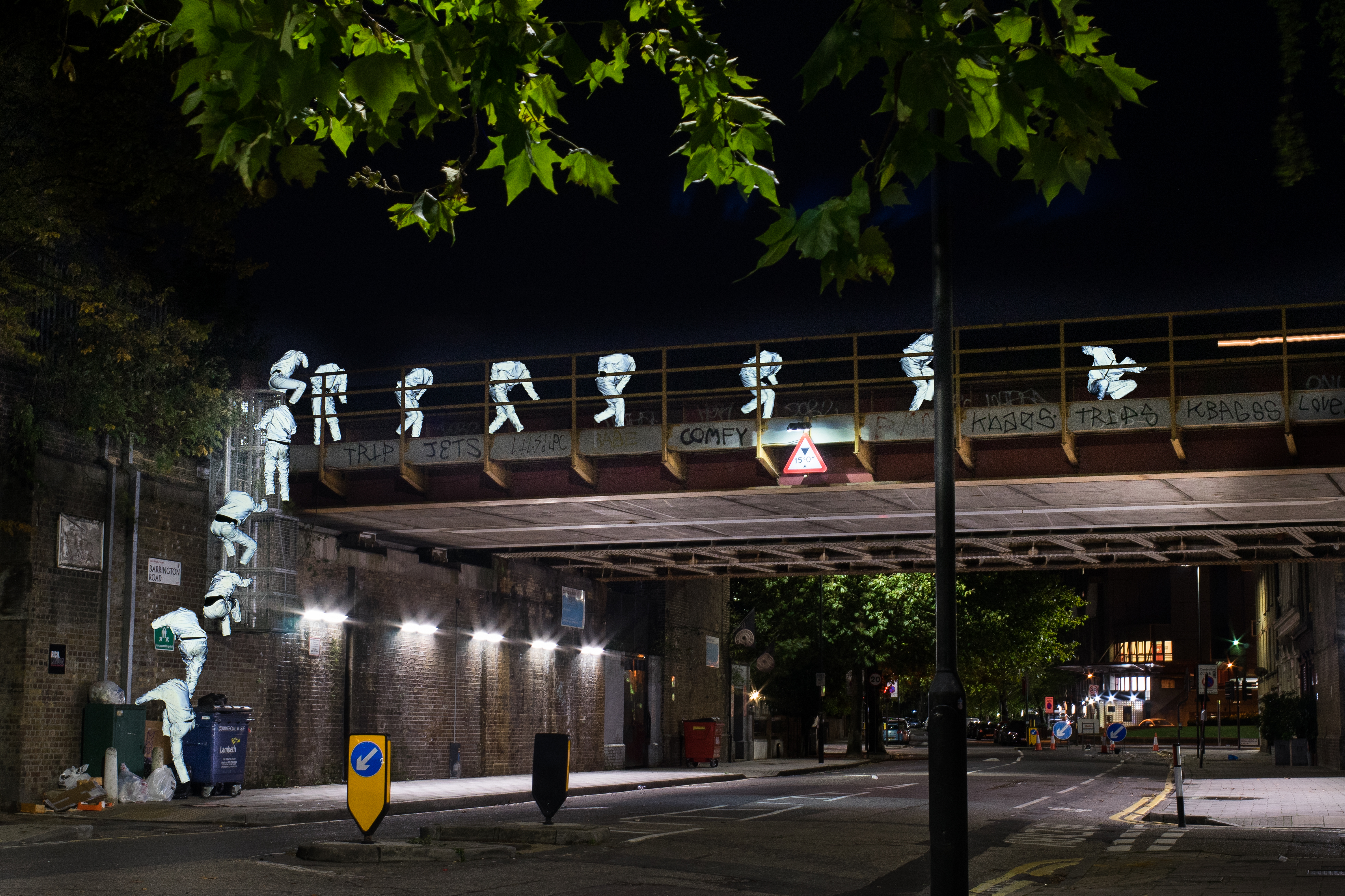
2.
Before you start to think about graffiti—to really take it seriously—it blends in. It’s just part of the backdrop of city life, like advertisements and concrete, cars and shopfronts. All of it forms a kind of visual noise.
But when you start writing it yourself, things change. I began to write in January of 2018, about a year after meeting Marcel and Julius. I had graduated from college and moved back to London, where I was staying with Kyle at his family’s house. He and I started walking around at night, writing on trash cans and phone booths, thinking about everything Marcel and Julius had told us.
The first thing I noticed was that the feeling was totally different from that of writing on paper. There was the adrenaline rush of doing something slightly illegal, the possibility of being seen or chased or caught. There was also something deeply cathartic about making letters as big as your head, the unrestrained freedom of moving your whole arm instead of delicate motions with your wrist or your fingers. And more than anything, there was a rare, elusive feeling of power, of being able to write on anything, to vandalize and deface, to make a mark that hundreds if not thousands of people would see, even if it was just a blur in their periphery. To shape the world around you that you otherwise could not control.
The more I wrote, the more the visual noise sifted into something meaningful. I began to develop a kind of literacy in graffiti. It started with the graffiti writer Trip. He tagged a trash can outside Kyle’s house. I took note, and then saw he was in the alleyway to the high street, as well as the utility box at the end of the lane. Then there was Duke, who was down on Finchley Road on some bus stops and a few construction site fences. Then there was the crew NWS, North West Sprayers. Trip wrote it next to his name sometimes, as did Duke and Hate and Yuck. I learned much later that Yuck was Trip’s tag before he was Trip.
NWS were all over the neighbourhood. As I read their writing, I started to feel the prestige of certain busier locations that I was too nervous to write on myself, seeing Trip or Duke had tagged the wall of an intersection with heavy foot traffic or a handrail right outside a tube station.
Once I started to really read people’s tags, I began to notice that the streets were constantly changing. Trip and the others seemed to pass regularly up and down Kyle’s street—one night there was nothing, the next night a tag, the next night three, and the next day, the borough council had painted over everything. I felt like the streets were breathing. It jolted me each time a formerly blank wall read “Trip,” to know he’d been there just the night before, that we were walking the same streets, writing on the same things.
Kyle started to joke that Trip and I were having a turf war; to play along, I crossed out Trip’s tag and wrote my own. The gesture meant very little to me. London is a large and anonymous city, and it didn’t even occur to me that someone might notice.
But the next day, he had crossed out my tag and written his own again.
We were talking to each other, directly, on some register I couldn’t quite work out. This was something new, something immediate. I looked around for a place to cross him out again, to find out more. He regularly tagged in Hampstead—but he was also all over Camden, Finchley, Kentish Town, more. I gave up on the cross-out war, clearly outmatched.
But it made me realize that people were talking to each other all over. Just as Trip and I had had a short and disdainful conversation on one wall across three days, people were talking to each other over the course of days and weeks and even months, and across neighbourhoods, boroughs, all of London. People were telling each other that they’d been here, that they’d written there, that this or that part of the city could be written on.
It was a conversation that you could read or follow like football or the news, seeing who’d been where and when. But you could also take part in it—there was no barrier to entry, no authority who determined if you could write, much less where or what. If people respected your work, they left it, and if they thought it was dumb, they would cross it out or cover it.
A piece of graffiti was an act of interpretation, I started to think, a way of understanding the city.
***
I saved up enough to move out of Kyle’s family’s house into a friend’s place. Within a few weeks Kyle stopped talking to me. Nothing I said, over text or through friends, could get him to talk. We had been best friends for ten years, had gone to high school together and had lived together in college. But suddenly, with no explanation, he just disappeared.
Kyle, who, when we fostered a cat together our sophomore year, would fall asleep with the cat on his chest—I would come back to our room and find them both snoring. Kyle, who had once stored an avocado pit in the freezer because it was “the best avocado [he’d] ever had” and he wanted to “cryogenically preserve it” until such time as he could plant it. Kyle, who, when I wore my hair in a bun, would pick up every hair tie he found on the pavement or subway platform, offering them to me as earnestly as a cat leaves a dead bird at its owner’s feet.
What had I said to him? What had I done to him? What could I say to get him to come back? I sent him long messages apologizing for everything I could think of. He didn’t respond.
Then my Uncle George died. I wound up in an empty apartment for two weeks. In the cold grey drizzle of London winter, I felt more loneliness than ever before. I drafted messages to Kyle that I didn’t send, and sent more messages that got no answer. In April, I went to my uncle’s funeral in Atlanta, where the pain and the sudden heat made everything feel like slow motion.
In a liquor store, shopping for the wake, my dad fingered a miniature bottle of bourbon, my uncle’s drink of choice.
“I was thinking about putting it in his grave,” he said.
I nodded. “For the crossing,” I said.
He laughed and put it in the cart, and later into the ground with the urn.
When I returned to London, the sun had at last begun to break through the greasy film of winter. I blocked all thoughts of Kyle behind a wall of rage. I made new friends. I brought them along to spray some graffiti here and there, but mostly I was just reading it.
I moved to Camden then, and noticed one of Trip’s tags on a railway bridge next to the Camden Road Overground station. It was a hangover piece, where a writer hangs over the top of a bridge and sprays upside down on the outside surface.
It was sloppy—perhaps one of the first he’d tried to write upside down—but the absence of style pointed to another dimension of the work. I began to wonder how he’d gotten there, how he’d escaped the claustrophobic streets, the choking pollution, the lung cancer and depression. There were other hangovers on the bridge, and so I was sure that there was some kind of route up. Each time I passed the bridge, I tried to imagine how he might have climbed it. The graffiti seemed to defy the city itself, in all its stultifying and immovable weight. I would stand across the street for minutes at a time, just staring at it, trying to figure it out.
I started to notice more graffiti above street level, on other train bridges, on rooftops, on high walls and car flyovers. How had those writers gotten there?
Soon, wherever I went, I saw less the cold iron-and-brick brutality and more the masked persons climbing nimbly down the crosshatchings of the pilings, sprinting across the gravel, spray-painting the walls; less the steel girders and I-beams, and more the running and jumping and climbing and the thrill of hanging above the bustling road.
A well-placed piece of graffiti, I realized, meant that someone had actually been there and written it—which suddenly meant that London, which is covered in graffiti, was way more open than all the CCTV and fences and walls suggested. Here’s how to look at London. Here’s how to live in London. Here I am, the writer says, in this place I can’t be.
***
I wanted not just to see London this way, but to live in it. The busy streets and train tracks and cameras still felt too advanced for me, so I began to consider the somewhat calmer and less policed London canals. I decided on a wall across the water from the canal’s footpath, right next to a bridge over which ran Camden Road. The wall was accessible by a small triangle of concrete stretching between the bridge and the wall itself.
I puzzled through it in the same way I had Trip’s bridge piece, standing and staring at it for minutes at a time. Finally it hit me that I could get there by boat. I was delighted by this absurd solution, this new way of being in the city. It was like something I would’ve done with Kyle, though I still couldn’t think of him. I convinced two friends to split in with me on an inflatable raft.
We went for it a few days later, around midnight some Tuesday in June. The night was calm and the sky was clear. We walked in silence, the rolled-up boat sitting on my shoulder. I felt a wave of adrenaline, and everything felt a little sharper, a little more precise: the crenulations of the bricks and the leaves, the slivers of light reflected in the trash cans and the iron of the fences. On the footpath, about ten minutes downstream from the wall, we pumped the boat to life and dropped it into the water. It landed with a smack. The plastic oars plunged and murmured through the waters, which glinted as sharp and smooth as obsidian in the light from the street lamps. We drifted past a sleeping duck, which awoke in a sputter of wings and flew off down the canal. A creamy moon floated above the tops of the buildings through which we wove. Beneath us was the unknown filth of centuries—shopping carts, phones, knives, bicycles. Sometimes they found unexploded bombs in there, from the Blitz.
We passed below the grubby bridges, heard the cooing of their pigeon tenants. A man on the footpath saw us, with a start, when he was only metres away. Sounds of a party floated down from a balcony. I waved mischievously at the smokers leaning over the railing, but no one noticed.
Suddenly, with a last few strokes, the rubbery plastic of the boat’s bow scraped against the ragged bank. I rolled out onto the triangle of concrete, bag of spray cans in hand. Cars sped by above, and the shadow of the bridge swept and jumped across the wall in their headlights. I brushed through knee-high weeds into the light.
The cans clinked on the stone as I set them down. For the few minutes, the thick fuzz of air and paint harmonized with the hum of traffic. First a sketch in light paint, then the fill in and finally the thick black outline.
Then I dropped back into the boat and pushed us off from the bank with my feet. We slid once more into the darkness.
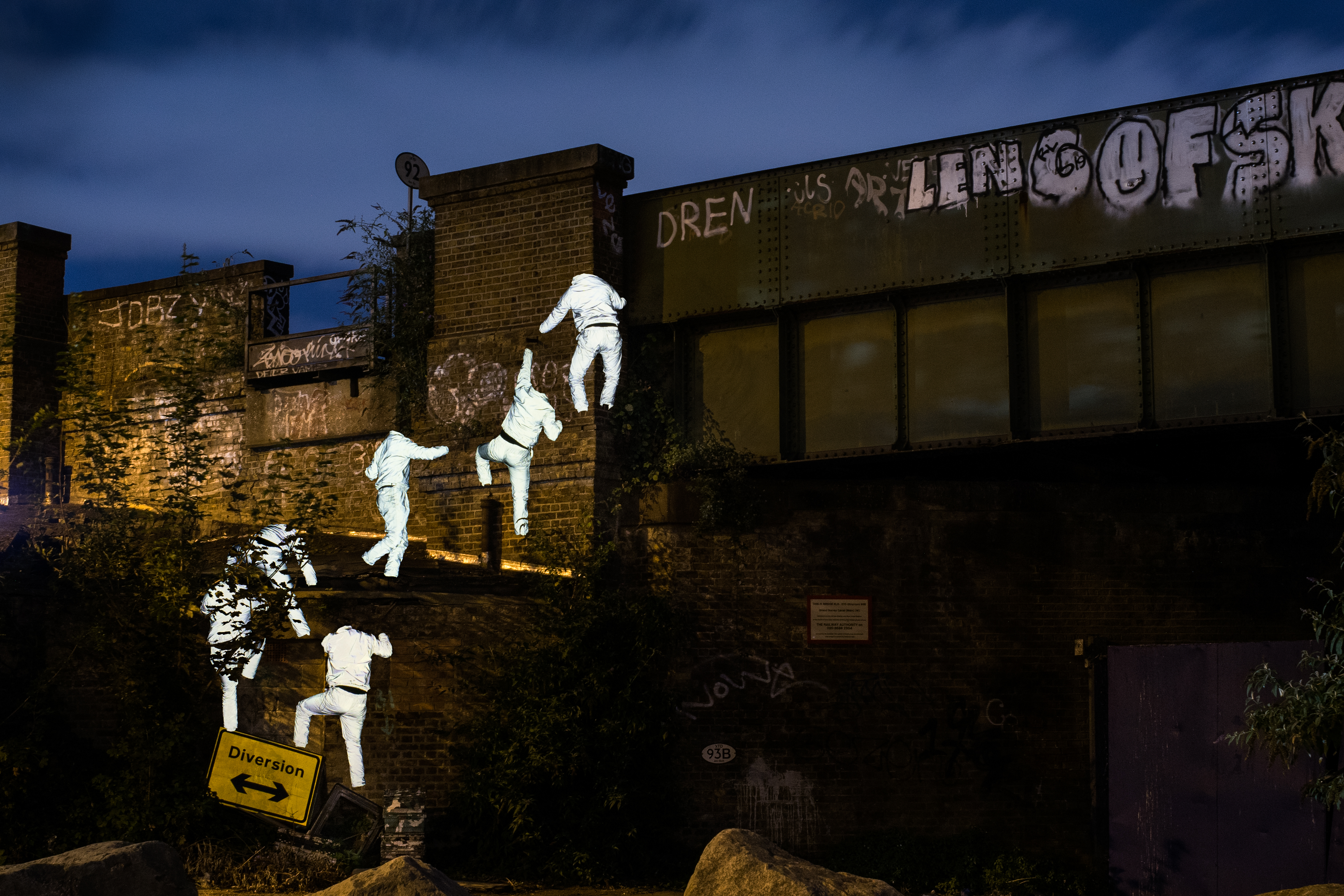
3
Days later, I was rushing to work and crossed the bridge that overlooked the piece we’d done by boat. Across the water, a temporary construction wall had been erected to repair the footpath. All across its surface, large and small, in simple, unobtrusive scripts, people had written what looked like “RIP Trip.” I didn’t have time to stop, but I kept looking back, wondering.
At lunch, I found the news article. On the morning of June 18th, 2018, three young men were found dead on the train tracks near Loughborough Junction Station in South London. Police found spray cans near their bodies.
They were later identified as graffiti writers Trip, Lover, and Kbag—real names Alberto Fresneda Carrasco, Harrison Scott-Hood, and Jack Gilbert. Alberto—Alby, as his friends and family called him—was nineteen. Harrison—Harry—and Jack were both twenty-three.
Their friends and families brought flowers and photos to Loughborough Junction Station, and covered the building in graffiti in their memories. One of their friends created the Instagram account @rip_trip_lover_kbag, which showed their drawings and paintings in notebooks and on walls and on trains. For a while, the streets of London were covered in tags of “RIP Trip Lover Kbag”—much of it from writers who hadn’t known them. Their deaths had been a kind of personal blow to graffiti artists all across London. Banksy himself wrote letters of condolence to each of the families.
I was terribly sad, in ways I couldn’t quite understand. I had known Trip—but only Trip, not Alberto or Alby. I had only known him through his graffiti. I felt again the losses of the last year, and a new loss that was all the more strange and poignant for the fact that I’d never met him, never known what he’d looked like, how old he was, what gender he was. And yet somehow we had talked to each other.
In the news articles, I saw pictures of him for the first time. He was a kid. His haircut looked like mine when I was eighteen: long on the top, short on the back and sides. He had friends and a family, and two brothers, like me. He was short and smooth-faced, with a tattoo of Snoopy on his chest.
“These many lives Alberto was leading,” his father wrote in an essay for the Spanish newspaper El Mundo. “I led some of them myself.” I felt, as I read more, that I had led some of them too. When Trip was twelve, he and his family moved from New York to London; his father wrote that the transition had been rough. When I was thirteen, my family and I had moved from Wisconsin to London. The transition, too, was rough.
I remembered the disorientation, which he must have felt as well: there was the “tube” and Oyster Cards, the concrete estates and thousand-year-old churches. There was new slang—peng, wasteman—and Nectar Points and meal deals. In restaurants they gave you tiny glasses for water instead of the huge ones you got in America, and the toilet bowls were smaller and rounder. Someone from a different school threatened to stab me in the queue for McDonald’s in my second week.
Moving is a kind of semi-exile. You are brought against your will to somewhere you don’t understand or care about. You are disoriented—your geographic, cultural, emotional landmarks disappear. I could not return to the place I came from because I was barely a teenager, but that place in any case no longer existed because someone else lived in that house now with all their own stuff, and they probably repainted the walls. Most of all, I was betrayed by authority—my parents—which I could never again trust quite so deeply.
So I didn’t belong in London, but after some time—a year or three—I stopped feeling that I belonged where I’d come from. Then I could see from two perspectives, and they destabilized each other. I was no longer certain that the way people talked about things was totally the way that they were.
Everyone around me—my old friends from middle school in America, the British people on the tube who called us “foreign cunts,” my teachers and parents—they were all too sure about things.
How do you deal with that? How do you live out what you know?
Kyle, me, our friends, we stole gas and made Molotov cocktails, threw parties shut down by the police, made bonfires in Regent’s Park, ran through the London Riots of 2011. We wrestled and drank, smoked weed from soda cans and shot fireworks in the streets. Once Kyle and I played “knife baseball” in our friend’s backyard—one of us threw a kitchen knife to the other to hit with a cardboard tube. Perhaps Trip felt some of that raw, furious energy too, testing the boundaries of the world as it’s explained to us.
In the days and months after Trip’s death, I couldn’t stop thinking back to the abandoned subway station I’d visited with Marcel and Julius. At 86th Street station, we saw the train leave and jumped down onto the tracks, and we sprinted, running between the wall and the inside rail, Marcel in front, Julius in the middle, and me at the back. I could hear only the padding of our sneakers on the wooden railroad ties and my own ragged breathing. Adrenaline buzzed all the way to my fingertips, and Gothic iron arches flashed by, lit only by 86th Street disappearing behind us.
For Alby, Harry, Jack the night had been moonless, the tracks pitch black.
Suddenly we were climbing onto a filthy, trash-strewn platform. I looked down at my hands and saw they were black with grime from hoisting myself up. Leaves had blown into piles against all the walls. Marcel picked up a spray can, shook it, and pressed the nozzle. A tiny puff of air came out—empty—and he tossed it down. It clinked delicately against the concrete and was still. Then we could hear the clatter of another train coming down the tracks.
They must’ve heard the out-of-service commuter train coming towards them. They must’ve seen its lights.
Julius motioned for me to hide behind a pillar, as he had done. Marcel crouched near the stairs. The noise grew louder and louder.
They wouldn’t have been able to tell which rail the train was on; they would have tried to hide on the other track, but they guessed wrong. And then–
The train shot past us, bringing with it billows of stale tunnel air. The windows were bright yellow in the pitch-black. Inside we could see the passengers slouched in their seats, leaning against the walls, hanging from the straps. They vacantly faced their own reflections, no idea we were staring at them. And then in a deafening clap of silence the train was gone.
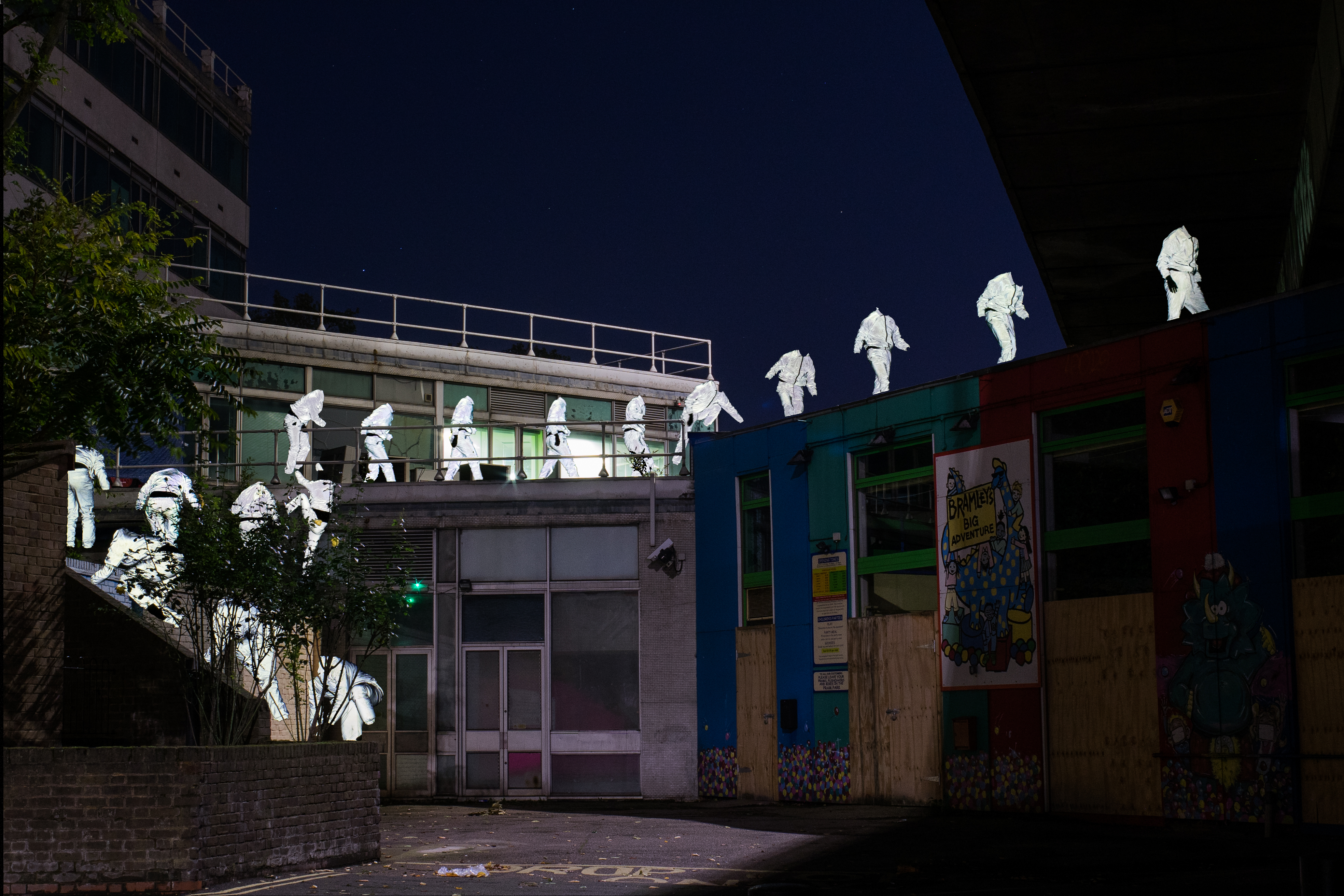
Weeks and months passed, and Trip’s work was still there. I could still feel the paint he had painted, could touch it with my fingers knowing he had been alive when he’d written it. A tag would disappear every now and then: faded, buffed, painted over. A telephone booth he’d tagged was one day gone entirely, no trace of it left.
I had a dream one night about going to Trip’s funeral: I was standing in a parking lot with all his friends, and they started to walk to the cemetery to see him interred. They looked at me questioningly, and I knew that I shouldn’t go. “You guys go on without me,” I said, and they walked away. I suspected I was somehow trespassing on other people’s grief. I was concerned, I suppose, that mourning for Trip was a way of mourning for Kyle. Kyle, I heard from friends, had moved back to New York, and then somewhere else. Far enough that we’d never have to speak again.
Exactly a year from the day that Trip, Lover, and Kbag died, a “graffiti jam” was held at the Stockwell Hall of Fame, a legal graffiti wall in south London about a twenty-minute walk from where they’d died. I deliberated for a long time whether or not I should go. The dream weighed heavily on me.
Around this time, out of the blue, Kyle messaged me. I messaged him back. We organized a video call. In our own halting and incomplete way, we made amends. He was living in Idaho with his wife, he told me, and breeding rabbits.
I decided to go to the graffiti jam. The day was cloudless and hot, and I was sweating by the time I got to Brixton. Even from a few streets away I could smell the sweet tang of spray paint in the air.
The Hall of Fame, when I arrived, proved to be a sunken concrete rectangle a little bigger than a basketball court. A thick wall, wide enough so that all four sides could be painted, divided the space in half. The whole place had been whitewashed the day before the event, and now dozens of painters were covering every surface with ornate renditions of Trip, Lover or Kbag. The blank spaces were covered with marker-drawn words: RIP, Rest in Paint, RIP Trip Lover Kbag.
I took a seat on some steps at the far end and leaned back on my elbows. I recognized some of their friends from the Instagram page, and I recognized Trip’s dad from the news articles. He walked around taking photos of his son’s name. I thought about saying something to him, but I couldn’t think what.
Two girls sitting at the base of the steps stood up and walked over to me. They introduced themselves as Marni and Lola. We all shook hands, and they sat down.
“What brought you here?” Marni asked.
“I always saw their pieces up around London,” I said, “and, I mean, I didn’t know them but… when I heard they died, I just… you know… I was pretty… I mean, it really…” I paused. “I was really sad,” I said, and paused again. “So I wanted to come down.”
“That’s nice,” said Lola, smiling. Marni smiled too.
“How about you guys?” I asked.
They were both friends of Lover—or Harry, as they called him. Lola had been his girlfriend when he’d died. I told them I was sorry and they nodded in thanks.
“Do you write graffiti?” Marni asked me.
“Not really,” I said. “I used to, a little, but… I pretty much stopped when I heard they died.”
“You should keep writing!” said Lola.
There was another pause.
“Actually I did a piece once that Lov…”—I caught myself—“that Harry covered up with his own.”
This was true. It had been covered about a week after I’d painted it, but I’d realized only months after they’d died that Lover had done it. When I realized, it felt like I was talking to the dead.
Lola started to apologize for him, and I, abashed, started to try to explain that I was not making an accusation. But she cut in:
“Well, I guess it’s kind of nice,” she said, and laughed.
“Sounds like Harry,” said Marni, grinning.
I stayed another hour or so, watching the painting and talking. For all my fear of imposing, everyone I talked to at the memorial seemed touched that I was there—that someone else had seen what their friends had written. Afterwards, I walked over to Loughborough Junction, to see the last pieces they’d done before they died. I found them on a bridge over Brixton Station Road. They were hangovers, like Trip’s piece on the Camden Road bridge, though his upside-down painting had clearly improved in the time that had passed.
I sat down on a brick wall and stared at the paint for a long time. They’d gotten onto the tracks somewhere else and had run here trackside, but all the same I tried to imagine how they might’ve climbed up here: I saw them step on the bollard, climb onto the rubbish bin, grab the mesh cage around the service ladder. I saw them edge along to the top of the wall, vault over the railing and run along the bridge. I saw them crouch and hang and spray their names and feel alive.


